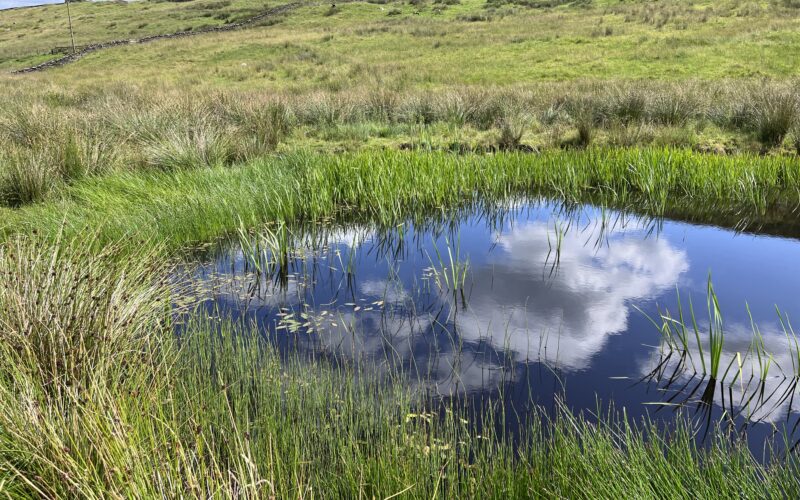Everyone loves a win-win, and when it comes to land management that can benefit biodiversity while also being good for a farming business, pond and wetland creation is one of the most effective win-wins there is. When done strategically, pond creation can provide a practical asset that offers water in times of drought and a collection area in times of flood, but also makes a start at re-installing ponds that once scattered the countryside.
Ponds on farm
Historically wetlands and ponds offered steppingstones for aquatic invertebrates, amphibians and birds across our countryside. Throughout the 20th century, many ponds were drained or filled in to meet the demands of intensive food production. While this was seen as progress at the time, it unintentionally contributed to the decline of frogs, newts, wading birds, and water voles. Now we know this, we can look to reinstate ponds and wetlands strategically, to help farmers deal with weather extremes of drought and flood. Research shows that ponds consistently support more freshwater species per unit area than rivers or lakes—making them one of the most effective habitats to restore on farmland.
Benefits of ponds to the farm
Ponds serve a practical function in water management. They slow the flow of runoff, helping to reduce downstream flooding and soil erosion. They also act as water storage during drought conditions, supporting livestock or potentially irrigation. In upland areas, small dams and ponding features can retain water longer in catchments, mimicking natural hydrological patterns lost through historical drainage. By acting as buffers, ponds help maintain higher water tables in dry periods and absorb excess water in wet ones, contributing to farm-level climate adaptation. 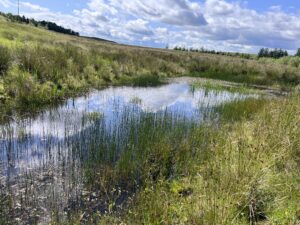
Begin by identifying low-value or underperforming parts of the farm—areas that routinely waterlog, awkward field corners, or old drainage depressions. These are often poor for crops or grazing but ideal for turning into useful and ecologically rich wet areas. In upland or wetter farms, natural flushes and rush-dominated pasture are prime candidates for scrapes or seasonal ponds. On mixed or arable farms, headlands or field margins can be ideal. Ponds don’t need to be deep or large to be effective. For biodiversity, shallow margins (under 30 cm) are critical, but for farm use, consider dual-purpose designs—deeper sections (1–2 m) can provide long-term water storage or livestock access (with fenced margins to avoid poaching). Gently sloping edges allow livestock to drink safely if intended for that use. A network of small ponds or scrapes can help slow surface water flow and prevent soil erosion on sloped fields, reducing nutrient losses and runoff into watercourses.
A biodiversity audit, as part of your farm plan, can help pinpoint where a pond or wetland would deliver the most benefit—both for nature and your business. Once a site is identified, funding options such as the Agri-Environment Climate Scheme (AECS) can help cover creation costs, currently offering around £4.50 per square metre.
Related resources
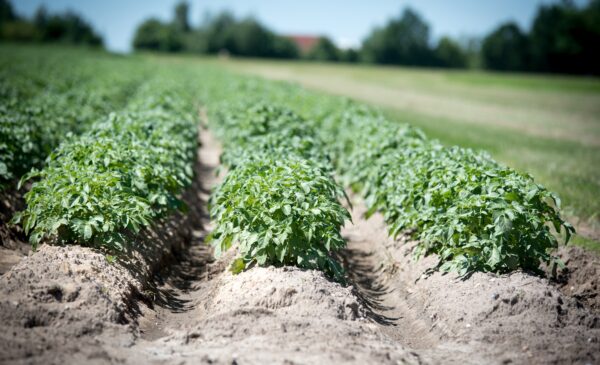
SAOS explores potato irrigation innovations
Scottish Agricultural Organisation Society Ltd.
SAOS have teamed up with the Scottish Potato Co-operative (SPC) to investigate water resource management.…
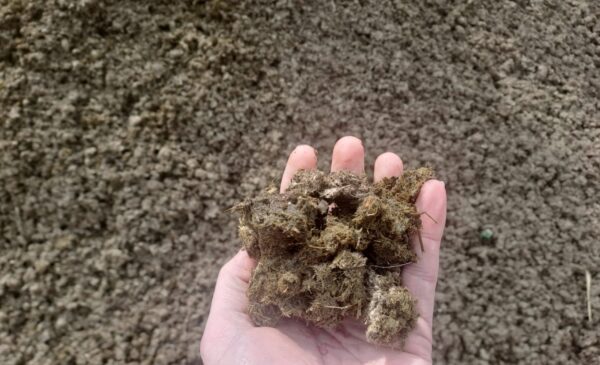
Slurry Separators
Craig Bothwell, SAC Consulting
Slurry separators can have many benefits such as improving the utilisation of slurry, increasing your…
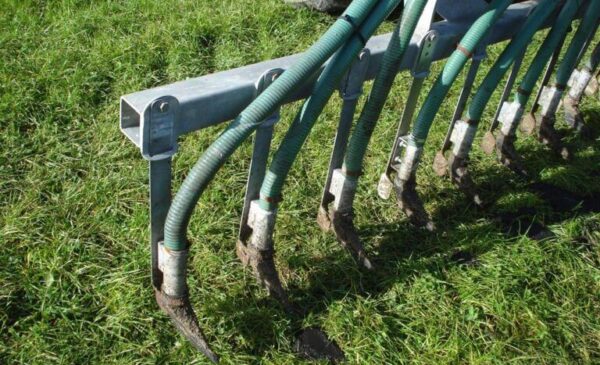
A Recap on Ammonia in Agriculture
Freya Lance, SAC Consulting
Unlike carbon dioxide, nitrous oxide and methane, ammonia is not actually a greenhouse gas. So…

